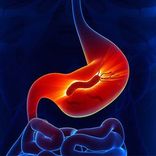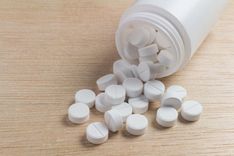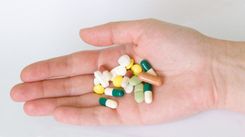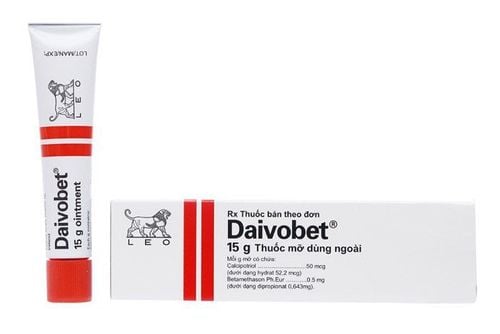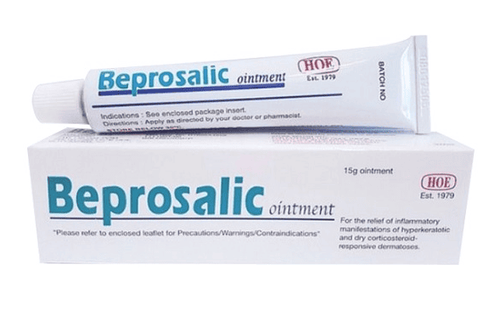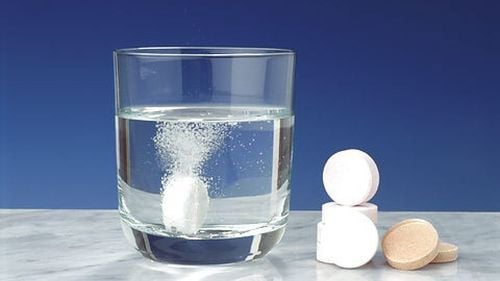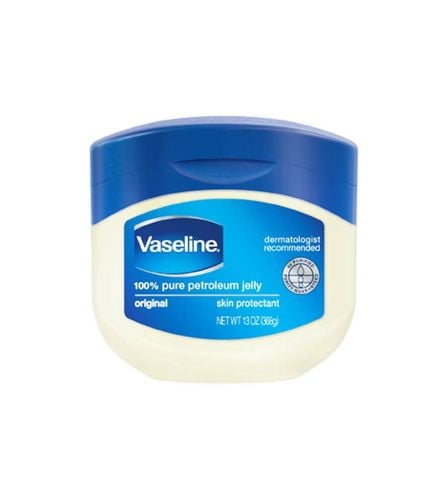Skin fungus infections or inflammatory skin diseases can cause patients great discomfort. In that case, appropriate topical products, including Endix-G, are necessary. So, what is Endix-G, and how should it be used?
1. What is Endix-g topical medicine?
Endix-G is a product of Phil Inter Pharma. Its active ingredients include Econazole nitrate, Triamcinolone acetonide, and Gentamicin sulfate. Endix G is a medication used to treat skin fungus.
Endix-G is a topical cream produced in a tube of 10 grams in each medicine box.
2. Uses of Endix-G topical medicine
Some common indications of Endix G include:
- Atopic dermatitis, including eczema, simple dermatitis, diaper dermatitis;
- Trichophyton infection in athlete's foot, body, face, scalp or beard fungus;
- Tinea versicolor;
- Candida infection on the skin;
- Skin infections are caused by bacterial strains sensitive to the antibiotic Gentamicin.
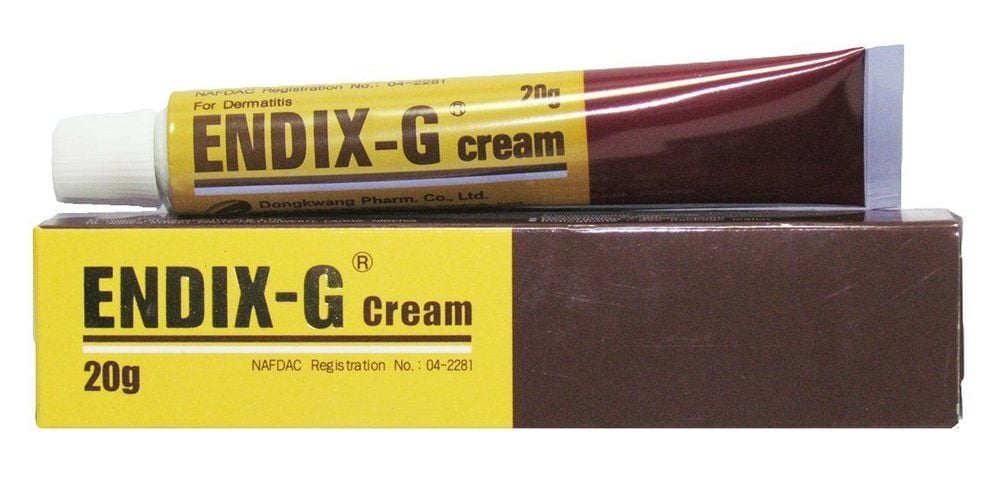
3. Pharmacodynamics and pharmacokinetics of Endix-G
Endix-G is considered a well-absorbed antifungal medication; the ingredients include antifungal, antibiotics, and corticosteroids:
- Econazole nitrate acetonide in Endix-G is a broad-spectrum antifungal active ingredient with the ability to fight many different types of fungi;
- Triamcinolone acetonide is an active ingredient in the corticosteroid group with anti-inflammatory, antipruritic and anti-allergic activity;
- Gentamicin sulfate is a broad-spectrum antibiotic with relatively high efficiency in treating primary and secondary infections.
The pharmacokinetic characteristics of Endix-G include these problems:
- Gentamicin and other antibiotics in the aminoglycoside group are often poorly absorbed through the digestive tract but are very well absorbed when injected intramuscularly. Aminoglycoside antibiotics diffuse mainly into the extracellular fluid but diffuse poorly into the cerebrospinal fluid, inflamed meninges, or the eyes. In addition, aminoglycosides are capable of moving across the placenta, but only small amounts are detected in breast milk. Systemic absorption of gentamicin antibiotics has been reported when used topically on exposed or burned skin, body cavities, or joints. The plasma half-life of gentamicin is 2 to 3 hours, prolonged in newborns and patients with kidney damage;
- Oral econazole is metabolized in the liver to inactive compounds, then excreted in the feces and urine. When used topically, the econazole antifungal can be absorbed through the epidermis, but systemic absorption rarely occurs;
- Triamcinolone is well absorbed through the digestive tract and applied to the skin, especially when covered after application and when applied to inflamed or damaged skin areas. Topical triamcinolone is metabolized in the skin into inactive active ingredients and excreted in the urine.
4. Dosage of Endix-G topical medicine
- In cases indicated in the instructions, apply Endix-G to the affected skin area from 1 to several times a day.
- The dosage and usage mentioned in this article are only for reference.
- The specific dosage will depend on the individual's constitution, physical condition, and disease severity. Therefore, the patient needs to consult a doctor or medical professional to determine the appropriate dosage.
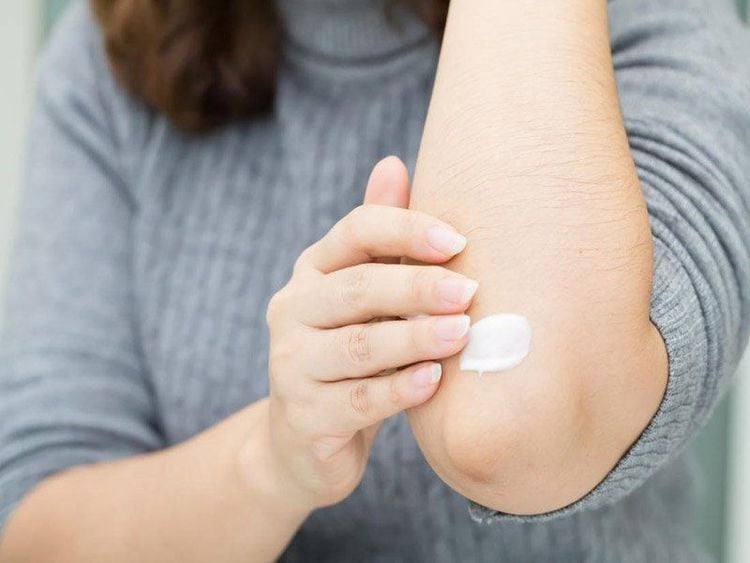
5. Side effects of Endix-G
Patients may experience some adverse reactions (ADR) when using Endix-G topical medication. There have been reports of mild transient irritation at the site of application.
Most adverse reactions to corticosteroids (such as the active ingredient triamcinolone in Endix G) are related to their inhibitory effect on the hypothalamic-pituitary-adrenal axis, including hypertension, edema, congestive heart failure, cardiomegaly, hypokalemia, and alkalosis.
Applying Endix-G to a large area, especially on damaged skin areas, can increase the risk of systemic side effects. Some common side effects (ADR >1/100):
- Metabolic disorders, including hypokalemia, increased sodium retention causing edema, hypertension;
- Muscle atrophy, muscle weakness;
Rare side effects (1/1000<ADR<1/100):
- Thrombosis;
- Psychiatric disorders with symptoms of emotional disorders;
- Adrenal insufficiency, pseudo-Cushing's syndrome;
- Protein-based weight loss, growth retardation;
- Impaired resistance;
- Increased risk of developing underlying diseases such as tuberculosis, diabetes;
- Osteoporosis, skin atrophy, muscle atrophy, delayed wound healing;
- Glaucoma, posterior subcapsular cataract (if used for a long time).
Rare side effects (ADR<1/100): Increased intracranial pressure.
Other ADRs:
- Necrotizing vasculitis;
- Thrombophlebitis;
- Aggravating infection;
- Insomnia;
- Syncope;
- Anaphylactic shock.
Corticosteroid dosage and duration are essential factors in suppressing the pituitary-adrenal response to stress when stopping the medication. In addition, the patient's constitution also plays an important role. Therefore, the patient needs to stop the medication gradually, depending on each individual's response.
6. Notes during the use of Endix-G topical medication
Before using Endix-G, the patient needs to read the instructions carefully and consult a doctor. Some cases of contraindications to the use of Endix G include:
- History of allergy to any ingredient of the medication;
- Skin infections caused by tuberculosis, syphilis, or viruses (such as Herpes virus, vaccinia, varicella);
- Fungal skin infections in the ear area in patients with perforated eardrums;
- Bezet ulcer, chilblains.
Some precautions when using Endix-G:
- Limit continuous and prolonged corticosteroid therapy due to the risk of adrenal suppression, especially when applying pressure to the skin after using the medication. In addition, prolonged topical corticosteroid therapy can lead to some lesions such as skin atrophy, stretch marks, telangiectasia, etc.
- The development of strains of bacteria that are less or no longer sensitive to antibiotics, including drug-resistant fungi, can occur when using topical antibiotics. In cases of itching, hypersensitivity, or secondary infection, Endix-G should be discontinued and appropriate treatment sought;
- Patients who are sensitive to propylene glycol should consult their doctor before using Endix G;
- Women should not apply Endix-G during pregnancy unless they have considered and accepted the possible risks;
- Avoid direct contact with the eyes;
- No data exist on the excretion of topical Econazole, Triamcinolone, and Gentamicin into breast milk. However, caution should be exercised when applying Endix-G to breastfeeding women.
Endix-G topical medicine helps support the treatment or completely treat skin diseases, improving patients' quality of life. However, this medicine only has the best effect when used in the right dosage and for the right subjects.
To arrange an appointment, please call HOTLINE or make your reservation directly HERE. You may also download the MyVinmec app to schedule appointments faster and manage your reservations more conveniently.

